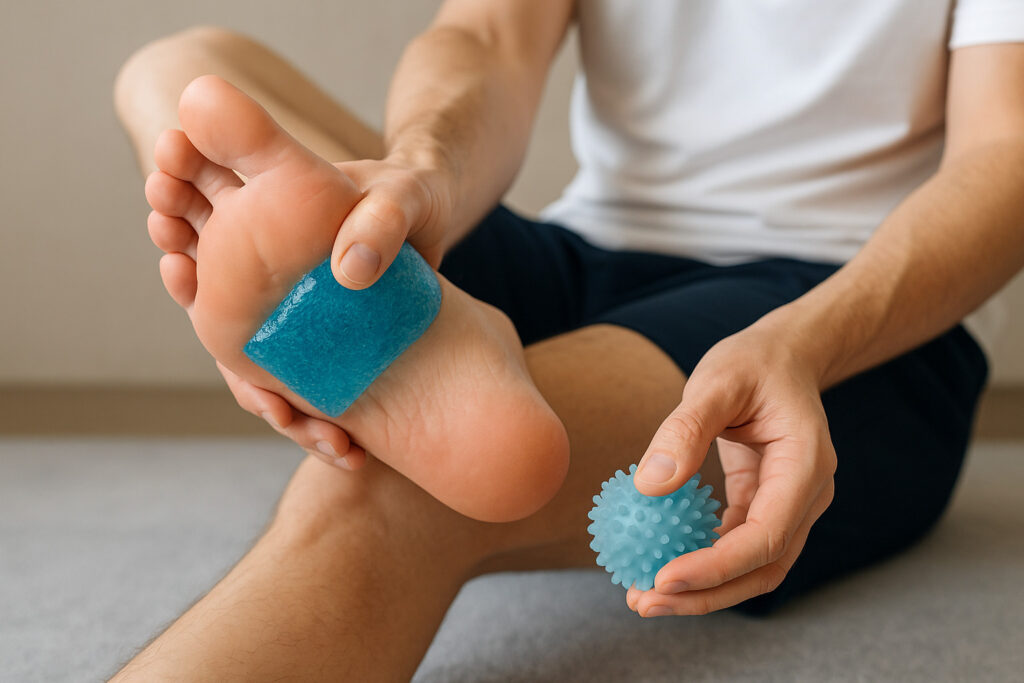Hi all,
Around March 2020 I started to notice that when I got up in the morning my heels hurt when I put my feet on the ground. I didn’t pay too much attention to it because I thought it was just training fatigue.
In May it was not just when I got up, but it also hurt not only my heels when I did my normal workouts, but the whole soles of my feet. There were times that even my fingers ached.
The worst was when I did the Body Attack routine (an athletic workout of running, jumping and burpees). There came a time when I did not go beyond the first 5 minutes because the pain in my feet became unbearable.
I searched the internet and saw that what I had was plantar fasciitis. I consulted a doctor friend who is in Venezuela, and he told me to do exercises with a ball to massage the sole of the foot.
Plantar fasciitis is an inflammation of the fascia of the foot and can occur due to various factors such as inadequate footwear, bearing a lot of weight, excessive training, standing for a long time, many hours walking, the shape of the foot bones.
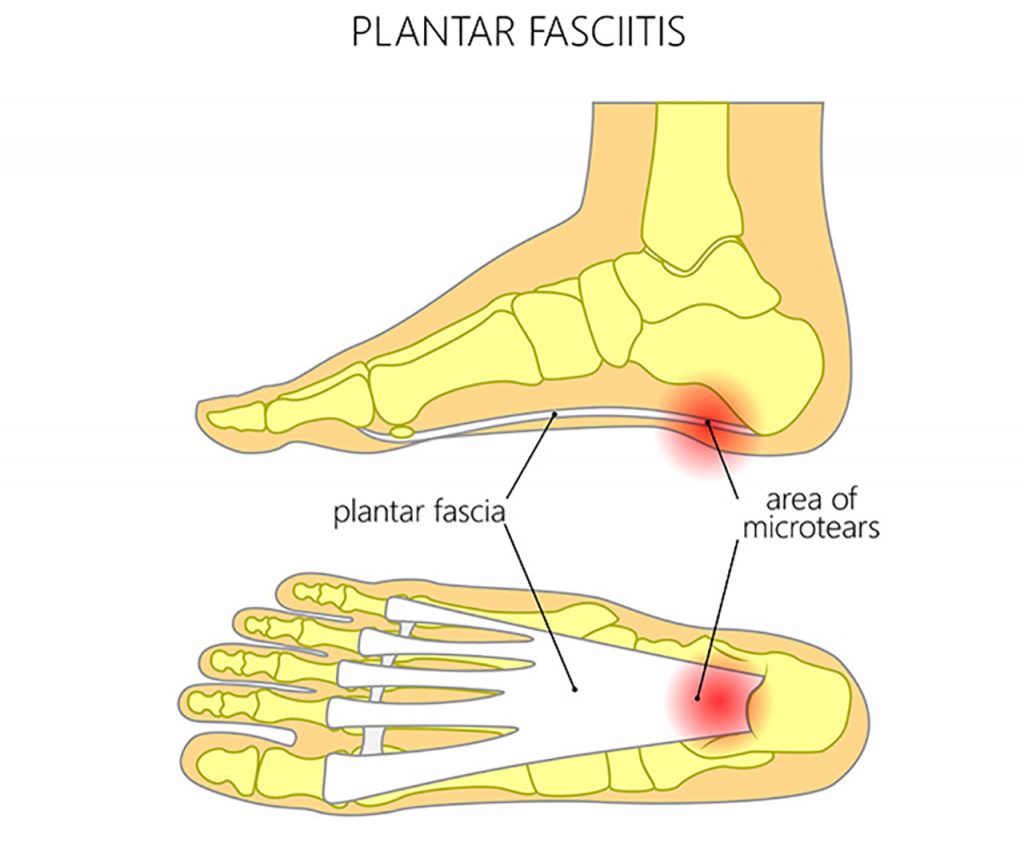
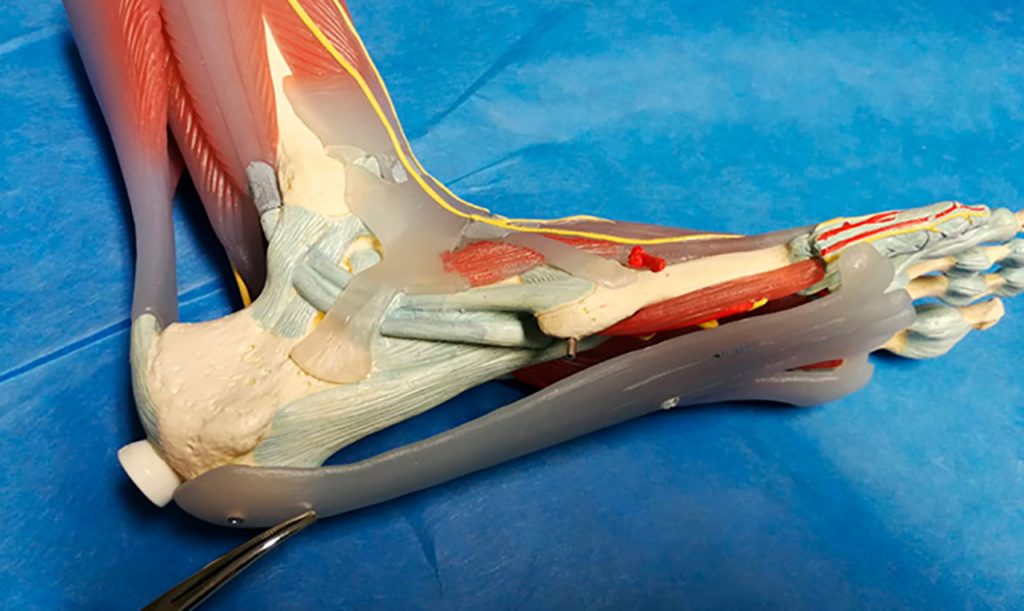
I also made an appointment with my traumatologist in Valencia. I did an X-ray and he explained that my feet are hollow and that I would have to use insoles to support the arch. He told me that with that “I should improve” and I was a little surprised because he did not say heal but to improve. He explained that fasciitis was an injury that took a long time to go away and that I had to be patient.
In September I started wearing my insoles, putting ice on 2-3 times a day, and doing exercises with the ball.
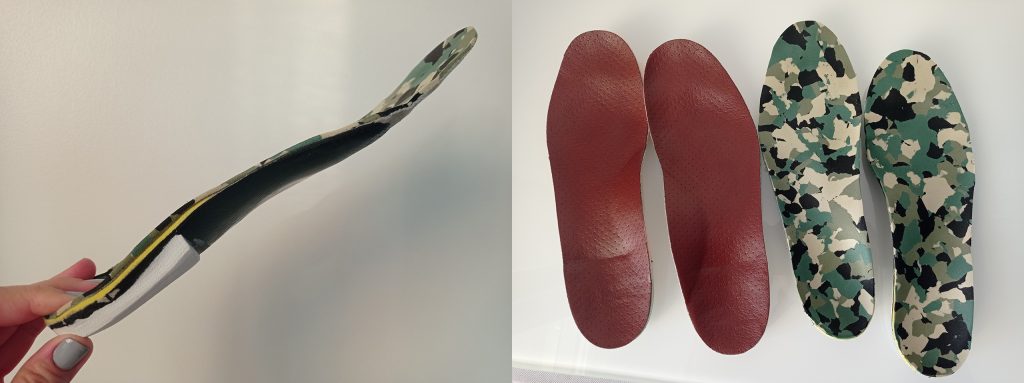
In September we went to Turkey and the fasciitis did not get better. I stopped doing all the training that involved running, jumping, burpees. But when we went on long trekking routes, my feet hurt a lot for a few days.
When I returned to Valencia, I consulted in the clinic where I had phlebosclerosis; They told me that I could inject PRP and that I should completely get rid of the pain since I was not overweight and was a healthy person.
I also consulted with a Podiatrist where Diego had been years ago and he told me to spend another month doing stretching, exercises and putting ice on. After that month without any improvement, he made me other insoles with more heel support and prescribed me a pain cream that I had to apply 3 times a day. I did notice a little improvement.
But the problem is that I was not even remotely training as I always did, and I could not do it as it would increase the pain. Second, I had bad and good days. So in the end the fasciitis was a life without living and a bondage with ice, stretching, and insoles.
Also, every little change from what I was doing was supposed to make my heels start to hurt. For example, if on Sunday I went to the mountains and did 4h of hiking, that meant that I spent the rest of the day almost unable to walk.
In February 2021, as I was going on a trip for several months, I decided to infiltrate my heels.
I spoke to many people and some recommended steroids, others corticosteroids and others PRP.
I decided the infiltration with PRP. They drew my blood and then proceeded to inject my heels. Injections hurt as it is a long needle that goes up to the middle of the heel. Really, it’s awful.
Then you have the lumps where the liquid was injected, which is then absorbed. That day I left the clinic, and I could hardly walk, and I was like that for the rest of the afternoon.
I spent 5 days without doing anything. On Monday when I resumed my routine, my feet started to hurt again.
I spoke again with the doctor, and he told me that from the third week the plasma begins to repair the fascia, and that I could also get injected with ozone or procaine to try to reduce inflammation.
As it was still almost the same and I had the trip shortly, the podiatrist told me that I could get a corticosteroids injection to get a little better. Those injections hurt a lot more and I was a lot worse than I already was. I spent more than two weeks that I could hardly walk. In addition, the pain moved and went to the area of the arch of the foot.
The podiatrist told me that it was normal and that, in general, it took up to 3 steroid injections to permanently remove the pain. After so much suffering, I was not going to get injections again.
When I returned to Valencia, I went to the podiatrist again and after checking me, he told me that he noticed that I was better and since I had pain in the arch of my foot, he made a small change in the insoles. Diego told me that he could tell I was better because the first time the podiatrist checked me out, I had cried out in pain.
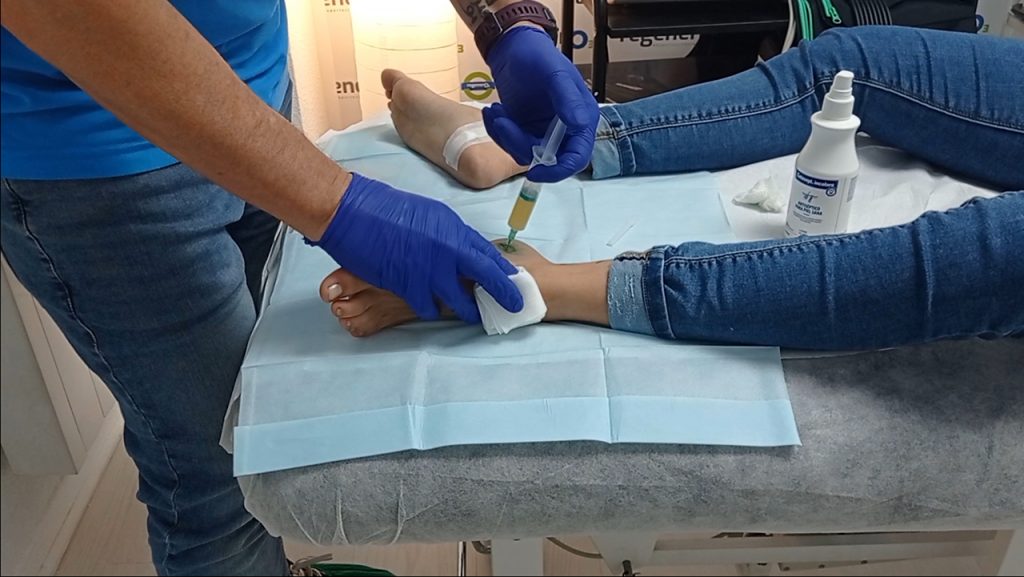
I also started training like before and didn’t notice that the pain got worse, which is good. Logically I continued doing the whole treatment rigorously: ice, massage with the ball, stretching.
In the summer of 2022, I went to an osteopath. He did a full body adjustment and told me that I had to correct my posture since my body was a little forward and that by doing so much sport, that could be what was loading my fascia. With that, there was no improvement either.
At the end of 2022, when I was already established in Porto, I started going to a physiotherapy clinic called FISIOVIDA. The first physical therapist who saw me told me that my feet weren’t even hollow, and that “true fasciitis” doesn’t last 3 years or affect both feet.
He told me to make an appointment with another physiotherapist from the same clinic to have an ultrasound done. The doctor told me that my feet were not bad and that I only had a little more inflamed right fascia, but that what was seen in the ultrasound did not justify that I had pain in both feet for 3 years.
I went back to the first doctor and he explained that since my feet and body were fine, I didn’t need biomechanical therapy and he told me to see a women’s health expert to see if there are any dietary or chemical factors that might be causing that chronic pain.
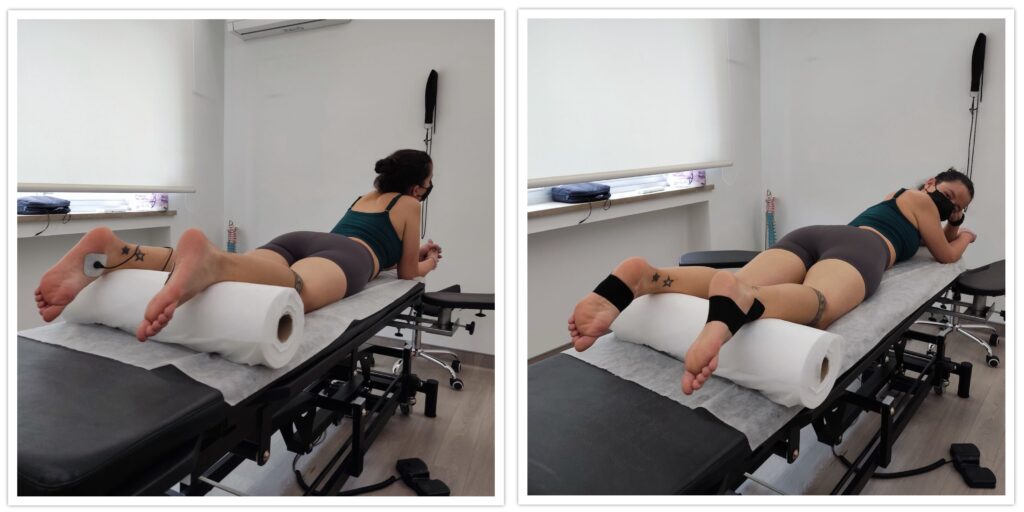
The women’s health doctor didn’t get any improvement and I checked in with a nutritionist to see if there were any dietary factors that might be causing the chronic pain.
In addition, through public health I asked to be sent to physiotherapy. Since in Portugal public health has an agreement with private clinics, I applied at the Bonfim Clinic.
They put me on therapy for 15 days. Every day I did the following: feet in hot water with ultrasound, a very painful foot massage, anti-inflammatory electricity and to finish, ice. It wasn’t always in the same order.
After 10 days, the head of physiotherapy evaluated me and as there wasn’t any improvement, he extended the treatment. He explained to me that the inflammation of the fascia was very difficult to remove and that in many cases physiotherapy had to be done for more than 8 weeks. I did more than 8 weeks of physical therapy until the doctor released me.
Perhaps my feet are not 100% as before and I hardly remember what it was like to have normal feet, but I noticed a huge improvement at the level of considering myself cured. Being able to walk barefoot and wearing sandals, being able to stand without my feet starting to hurt after a few minutes and walking up to 30 km in a day without having to spend a week on rest after because of not being able to walk because of the pain.
In addition, the doctor gave me a letter to my family doctor so that if my feet hurt again, I can return to physical therapy quickly.
My learning so far:
- Consult a specialist as soon as possible.
- Get an x-ray and an ultrasound to find out if the problem is beacuse of the shape of your feet.
- Take the necessary rest.
- For nothing in the world do infiltrations. You are going to lose the money to remain even worse.
- Do the treatment religiously: ice, stretching, ball massage, using insoles.
- Wear sports shoes suitable for your foot with good heel support. In my case, I only wear sneakers even when I’m at home because it’s impossible to wear flip-flops or slippers.
- It is not normal for plantar fasciitis in both feet to last for years, so that chronic pain could come from another place such as a nutritional problem or a hormonal imbalance.
- You may need months of physiotherapy to heal
Here is the link to my YouTube channel to see the infiltration of the heels:
More articles related to healthy living:

